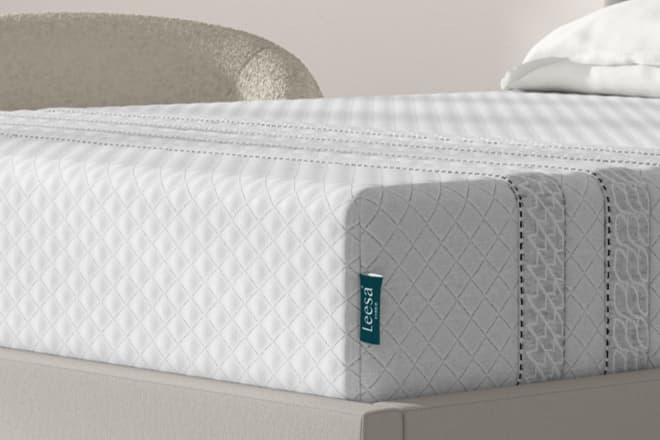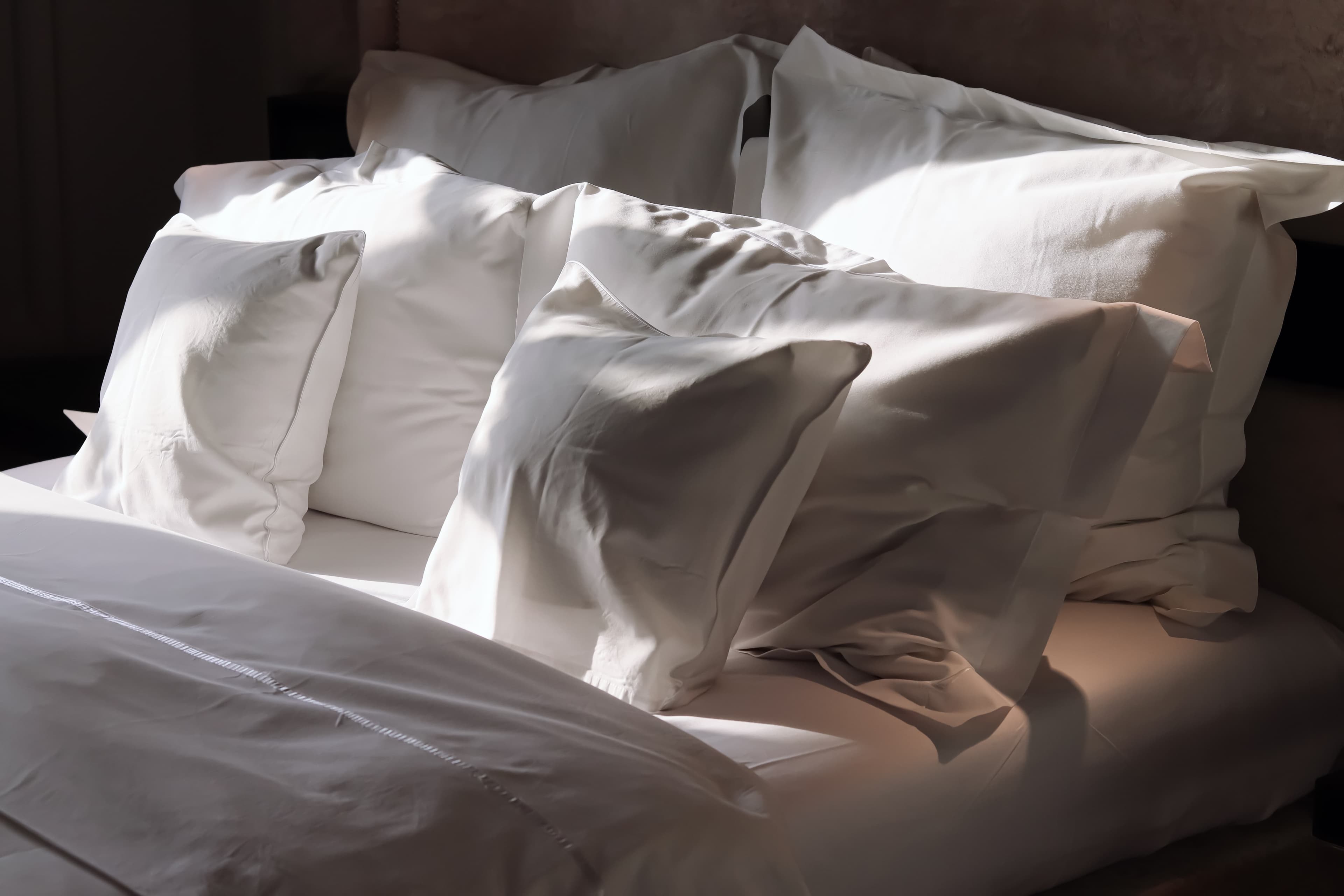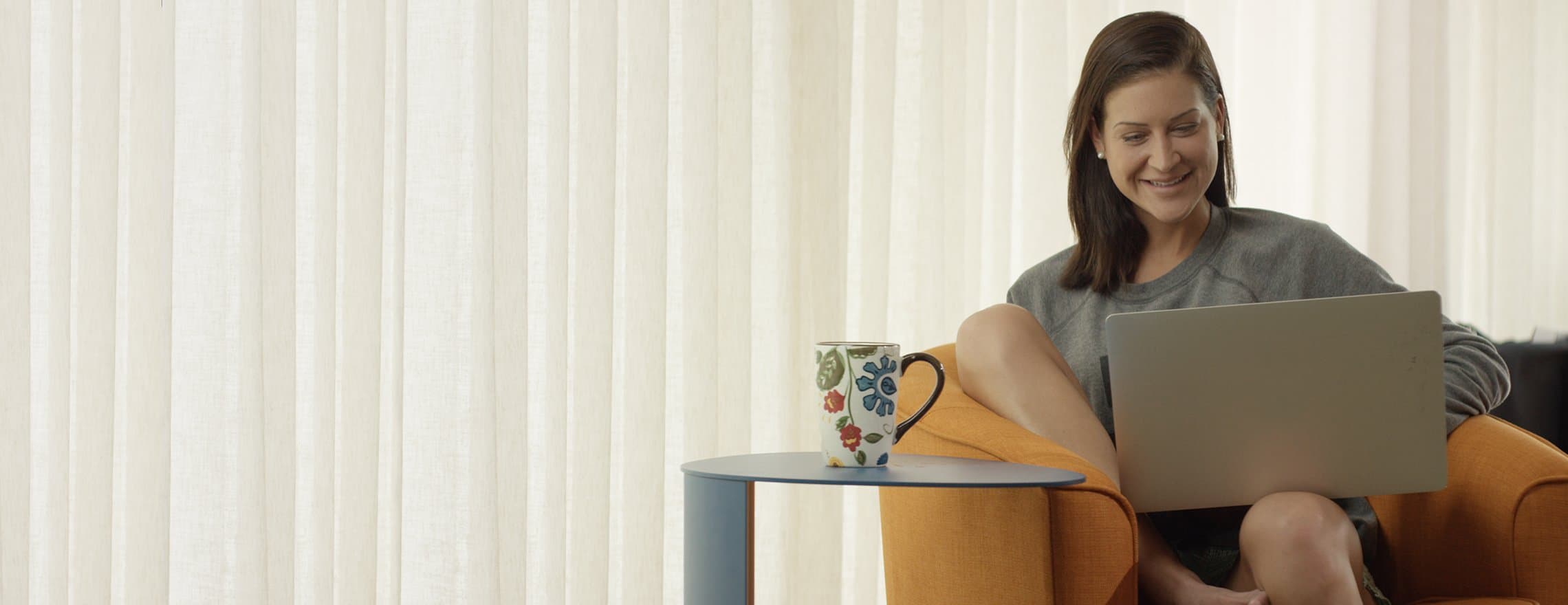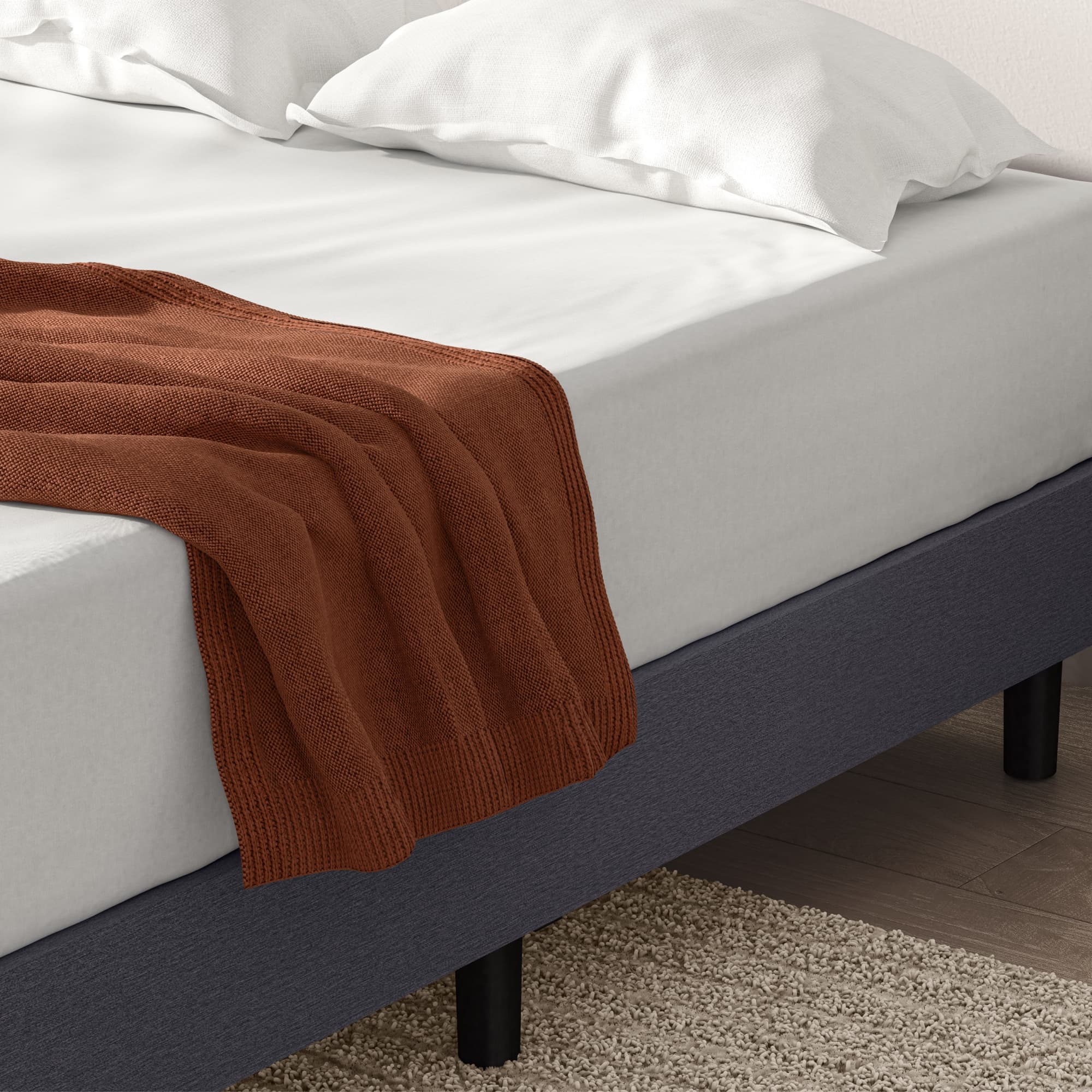Your pillowcases might not be on your mind, but they are on your face and body every night. That's why you should give them extra attention by keeping up with routine hygiene practices. There are many reasons why changing pillowcases often is hygienic and beneficial for your skin and body. However, most people don't know how often to change them and replace them with clean ones.
Here's the scoop on how often is enough. And why you should pay special attention to those pillowcases you sleep on.
When Should You Switch Things Out?
You've probably heard several different guidelines for changing your pillowcases, and let's face it, some people don't care about it too much. However, once you learn what's lurking on your pillow, you might be motivated to make changes. This will help keep your skin and body clean and protected.
The bottom line is that you should change your pillowcase at least once per week . That's even if you don't sleep with a pillow under your neck or face. Of course, if you want to do it every few days, that's even better. However, in a realistic world, once per week is good enough for most and helps prevent the yucky buildup of skin, dirt, and oils.

Why Do You Need to Change Pillowcases So Frequently?
The simple answer is that you have dust mites on your pillowcases. Dust mites feed on dead skin cells that accumulate on your pillow over time. It's the perfect breeding ground for them. The best way to keep their numbers low is to change your pillowcases often. The unpleasant information doesn't stop there, however.
Where there are dust mites, there is dust mite excrement. That's right. It's all over your pillow. So, besides being gross, dust mite poop is an allergen. You could have an allergic reaction to their excrement, which can spell big problems for some people. For others, it can mean waking up every morning.
Don't think that's the only reason! You also need to consider the byproducts of your own body. For example, while you sleep, you produce mucus; and when you roll around or lay on your face, it gets on your pillowcases. In addition, other gross substances can accumulate on your pillowcase and cause acne and bacterial infections, such as earwax, dandruff, and other bodily fluids. You've probably gotten a clear picture of why a clean pillowcase is necessary for your health.
Prioritizing Your Changes
The best way to keep your pillowcases fresh and clean is to have a schedule. Set a day where you pay attention to sheets, pillowcases, blankets, and other similar types of laundry. Set the alarm or reminder on your phone until you develop a weekly habit. If you can't wash that day, have backup pillowcases for quick changes. So you can sleep soundly and worry about the wash at a different time. If your pillowcases don't look dirty but smell dirty, then they are, in fact, unclean.
If your pillowcases look clean, you can always do a sniff test to confirm. However, if they don't smell fresh and clean, you need to change them. It's especially true if more than one person is sleeping in the bed or if you have pets that like to sleep in the bed.
People who sleep in bed with their furry friends probably need to change their pillowcases even more than those who don't. Pet dander and other dirt and substances that track in on the paws can make for a dirty pillowcase faster.
Change them once a week at the very least. But if you have acne-prone or sensitive skin, once every other night may be an even better idea. This helps to be ensuring you have a clean sleeping surface.
Changing Pillowcases & Skincare
Regularly changing out your pillowcase is beneficial for skincare and fighting acne. Along with the oils and bodily excrement that build up on your pillowcases as you sleep. Any dirt or makeup that wasn’t removed properly will also get onto the material. This will be clogging your pores and irritating your skin.
So how often should you change your pillowcase to avoid acne and enhance your skincare journey?
Summary
For a better night's sleep and reduced issues with skin conditions and allergic reactions, change your pillowcase at least once weekly. Clean pillowcases are essential, and you should consider changes more frequently if you allow pets on your bed.
Keep a supply of extra pillowcases for convenience, and try to get on a schedule for changing sheets each week. This will help prevent issues and ensure you have fresh pillows every time you sleep.
FAQs
What size are king pillowcases?
The standard king-size pillowcase measures 20" x 36". Keep in mind that some brands run larger, but that's a rule of thumb.
How to wash pillowcases?
How you wash the pillowcase depends on the fabric. If you have silk pillowcases or satin, you can hand wash them with a dedicated fabric wash. Cotton or durable synthetic blends can also be washed regularly with fabric softener and dried with dryer sheets.
What to do with old pillowcases?
If you don't want to throw out an old pillowcase, you can use it to store items such as toys or old scraps of fabric. Additionally, you can use it to tote dirty shoes or even groceries. Just remember to wash them well before repurposing them.
Can you wash a silk pillowcase regularly?
Silk bedding, particularly pillowcases, has grown in popularity over the past few years due to its haircare and skincare benefits. However, it’s important to remember that silk is a delicate material. The best way to keep the fibers intact is to wash them on your washer's delicate cycle. And then, air dry them to prevent the breakdown of fibers. And to avoid wear and tear from washing more than once per week? You should have an extra set or two that you can change out between washes.
How often should you wash your sheets?
You should wash your sheets every week to avoid the buildup of bacteria and dust mites. Especially if you share the bed with another person or your pets.
How often should you get new pillows?
Though cleaning your pillowcase regularly can significantly improve your beauty hygiene , you must not forget your pillow. Dust mites and other things can collect in your pillow, causing you to have a stuffy nose or even allergic reactions. Therefore, we suggest you replace your pillow every one to two years to maintain a sanitary sleeping surface.



